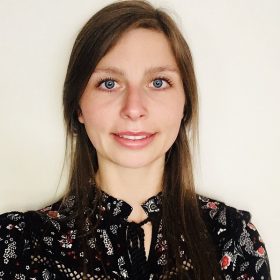In the past months I’ve had many conversations with public contributors and Patient and Public Involvement (PPI) leads about diversifying public involvement and the inclusion of seldom-heard voices in health research. Diversity and inclusion should be high on our agenda if we’re truly concerned about addressing inequalities, re balancing power structures and representing communities who are affected by our research but often go unheard.
Despite PPI becoming requisite to conduct health research and commonplace in some institutions, it’s clear from these conversations that many communities are still marginalised and unable to actively participate.
One of our public member’s comments had particular resonance when they said, “It’s not kindness to simply open our doors wider.” And it cannot be an easy fix to let people enter our knowledge space without the genuine commitment to treat them as equal partners; to offer support, space and audience so that their voices have influence on the research. People have told me about having been invited to share their experiences, but researchers not appearing to listen or respond to what they were saying, making them not feel understood or taken seriously; that they were unable to participate in conversation because of their complex needs or because they didn’t understand the language, research and/or premise of their role; that they were discouraged because they felt that they had much more to give but their skills were not valued. Lay members often have to adjust to our research culture and language, researchers don’t adjust to theirs. This is not inclusion.
Instead, we should invest in people and nurture relationships to understand their needs, skills and expectations. We should match roles/ tasks to these needs and define with clarity the remit of people’s roles and how this sits in the research. There has to be a willingness to support a change in our research culture, in our language and to balance power structures to give people the opportunity to be heard and have influence. Otherwise, we are not inclusive and we’ll fall back into box ticking as lay members merely occupy a space. This is meaningless and only perpetuates inequalities; ironic if community members feel side-lined and marginalised by the professionals on a study about health inequalities.
PPI is a complex, dynamic construct and demands progressive development to truly embrace diversity and inclusion. One size does not fit all, and mistakes happen. But awareness opens the opportunity to challenge ourselves, reflect and mutually learn and benefit.
Throughout the first stage of the Child Health and Maternity programme we worked with a diverse group of public contributors from across the collaboration in all levels of the prioritisation process. We were mindful of addressing power structures and tried to minimise these by changing our language and practices. Our processes remained fluid so that lay members could shape the programme and we could adjust to their needs and feedback.
For the next stage of the programme, we are forming a PPI Community of Practice to create a shared space for reflection and support to the projects and the people involved; as well as collectively contributing to new learning to the community.
If you would like to explore this topic further the National Institute for Health Research (NIHR) is facilitating webinar on the 1st December 2021 on ‘How to incorporate Equality, Diversity and Inclusion (EDI) in Patient and Public Involvement (PPI)’.
Additionally, the National Co-ordinating Centre for Public Engagement (NCCPE) is running an ‘Engage Unconference Programme’ throughout October and November, including for example a workshop on ‘Including children and young people in research’.
Author

Naomi Morley
Research AssociateAbout the authors
Naomi is a Research Associate with our Patient and Public involvement team, supporting the Children’s Health & Maternity, as well as the Ageing, Dementia and Frailty, national priority programmes.